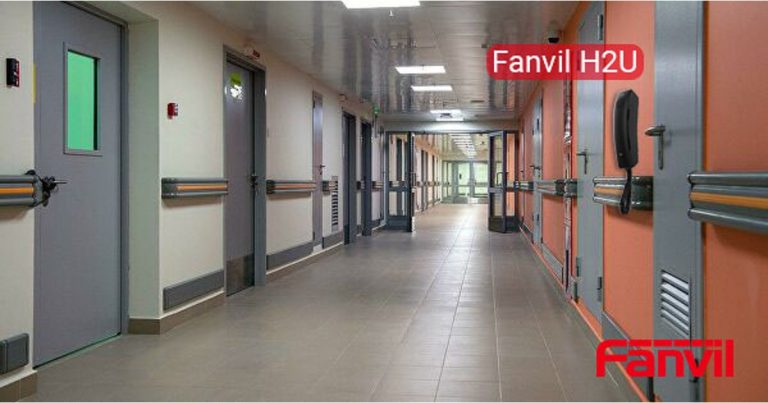Convergence of Wi-Fi and IoT for modern campus networks
Increasingly widespread use of IoT requires the creation of unified wireless campus networks – those that would combine the traditional functionality of Wi-Fi, albeit the sixth generation, with the capabilities that a world filled with an innumerable scattering of sensors promises us.
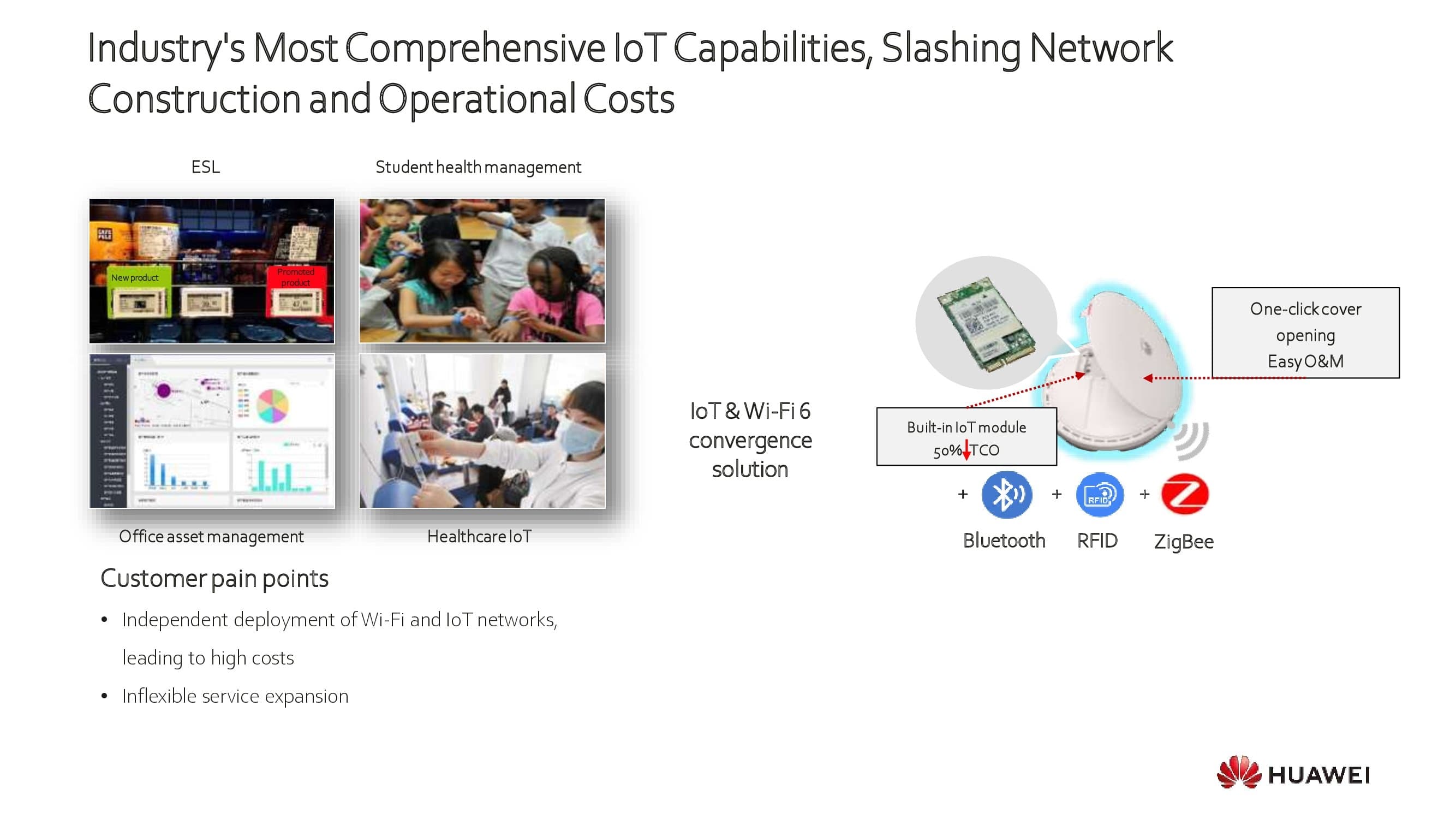
If even five or seven years ago the concept of the “Internet of Things” seemed far from practical application, now IoT is being implemented with might and main into corporate networks and urban infrastructure. For example, in Moscow today, a colossal project is being implemented to create a “smart” lighting system, in which each lamp is switched on and off remotely – by a signal via a 5G network. Transport is not left aside either: buses or taxis are conveniently equipped with a variety of sensors that allow not only monitoring the parameters of the vehicles themselves, but also collecting statistics, for example, on road congestion.
Organizations that manage stadiums, large shopping centers, entertainment complexes and other urban facilities are also eyeing the IoT. They need the “Internet of Things” to collect and process information about visitors.
Another area of application for IoT is asset accounting. For example, for industrial enterprises. Here, the Internet of Things helps to solve the problems of inventory and efficient use of complex expensive equipment. Medical and educational organizations also do a lot of interesting things in this area.
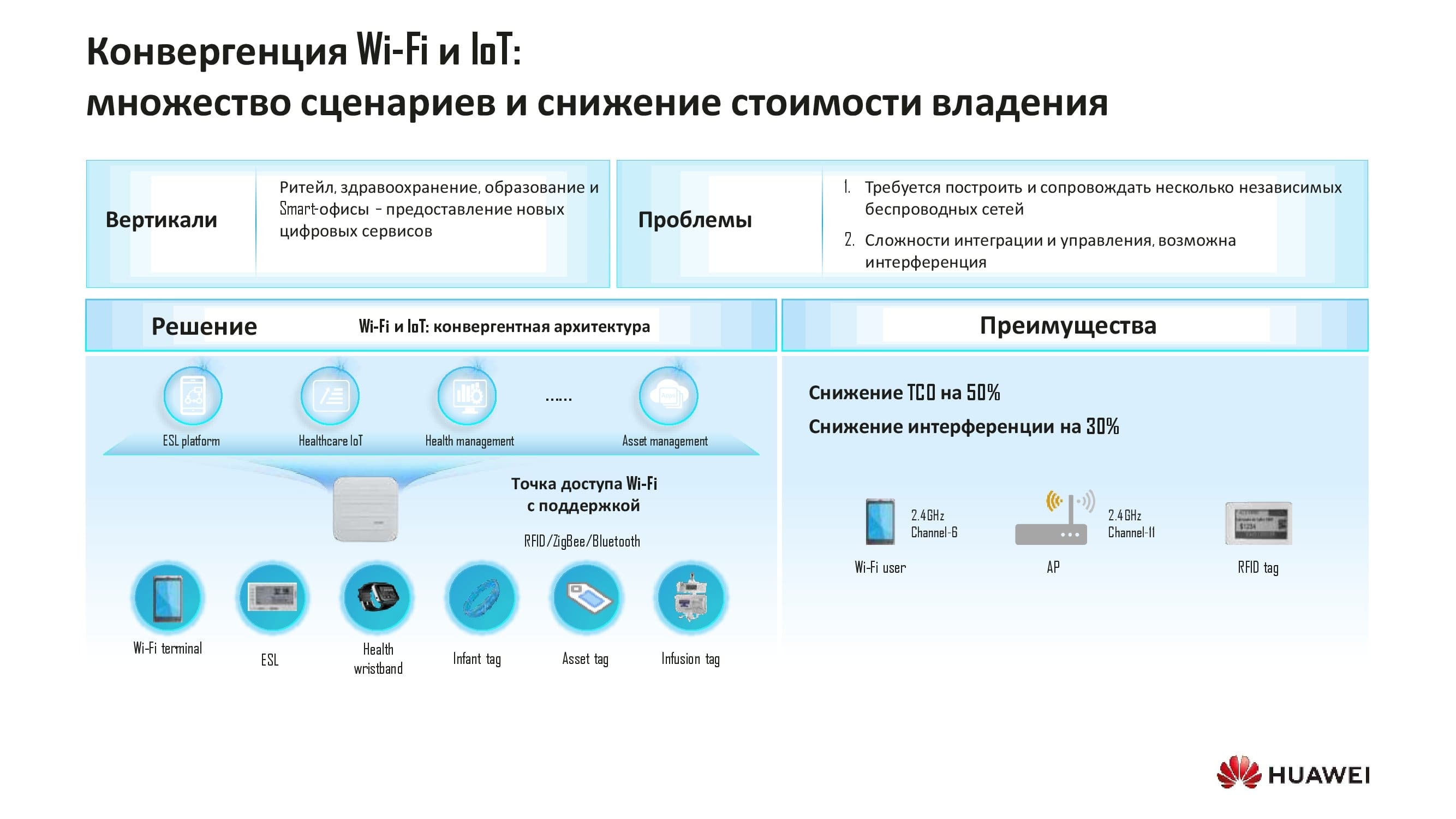
How can building joint Wi-Fi and IoT networks be useful in this regard? It is worth starting with the main problems that a potential customer of an IoT solution that is separated from the existing network infrastructure risks facing.
First, there are two different systems to implement and maintain. And this is the capital cost of placing access points and sensors, laying SCS, connecting control devices to control two networks. Secondly, the final solution will not only be expensive, but also extremely difficult to operate.
The converged architecture is designed to help customers with the need to deploy both Wi-Fi and IoT networks. It is based on the use of Huawei access points, which can be expanded with additional hardware elements. This access point has a separate slot where a standardized IoT module, such as Zigbee or an RFID tag scanner, can be inserted, if necessary. There are also such access points, which already include a miniature Bluetooth beacon in the basic configuration. This additional functionality allows the access point not only to work for its intended purpose – to distribute Wi-Fi in the 2.4 and 5 GHz bands – but also to collect information by “communicating” with IoT devices (smartphones, wearable tags, electronic price tags, pickup terminals data, etc.).
Further, through a conventional wired network, all data is sent to those upper-level systems that control the end devices of the Internet of Things.

Communicating with our customers, we identified several of the most popular IoT application scenarios today. Among them is such a non-obvious at first glance as the positioning of customers or employees. This mechanics may be needed, for example, when building internal navigation systems in a certain area or personnel management systems (the second option is especially relevant for medical institutions).
Another common IoT scenario is the analysis of passenger or visitor traffic. This is interesting, for example, for retailers. In particular, this technology allows the owners of hypermarkets, taking into account the flow of buyers, to optimize the placement of outlets and the display of goods, to select the right place and time for marketing campaigns.
Another big challenge is resource management. It is relevant in production, in warehouse complexes and any other facilities where it is necessary to constantly monitor the location and status of various technical means, such as forklifts.

Indoor positioning and navigation systems
The architecture of such IoT systems consists of several layers. At the bottom are terminals, smartphones, laptops, active or passive tags (RFID, BLE etc.). Above is a Wi-Fi hotspot with a built-in IoT module, a campus network, and an access controller. The software that controls the entire system is at the top of the pyramid. In internal navigation solutions, for example, a special tracking platform acts as such software, which is associated with a mobile application installed on the smartphone of an employee or client.
A separate, top-most architectural layer is an analytics platform that pulls data (including historical data) from the tracking platform and helps in drawing conclusions from routes, heat maps, geofencing, and more.
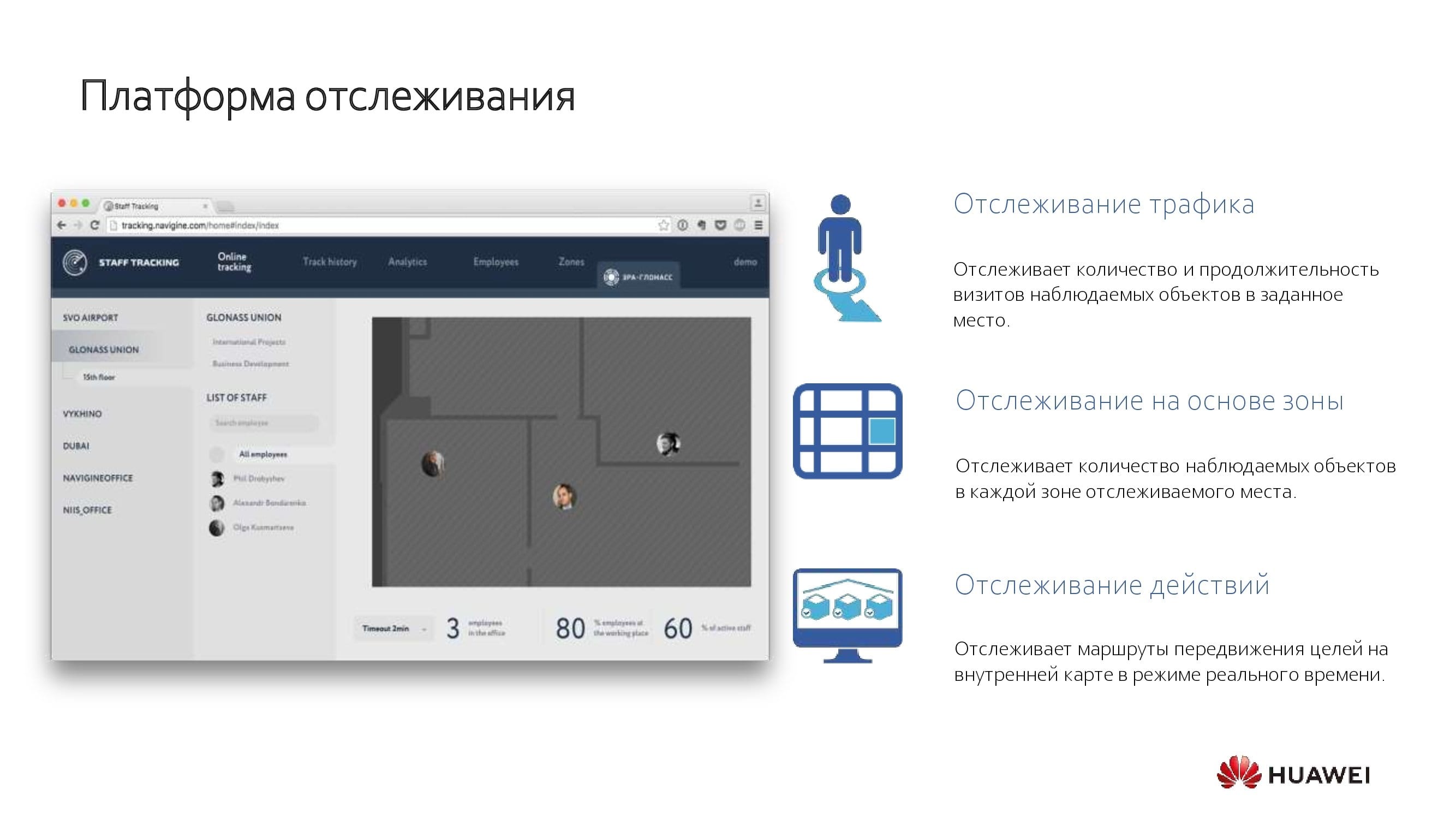
Let’s dwell on the tracking platform and its capabilities. It collects data from end devices, counting the number and duration of visits to an object in the controlled area. The platform allows you to divide this territory into zones and get complete information about how target objects – IoT devices or specific people – move between these zones.

The mobile part of the platform, installed on smartphones of employees or customers, is a necessary element of IoT internal navigation systems. Among other things, it can significantly improve the positioning accuracy of the client terminal due to information from the Bluetooth module and the device’s gyroscope.
In this platform, which leads, for example, a customer through a shopping center, it is possible to envisage a variety of marketing functions that are implemented while passing the route.
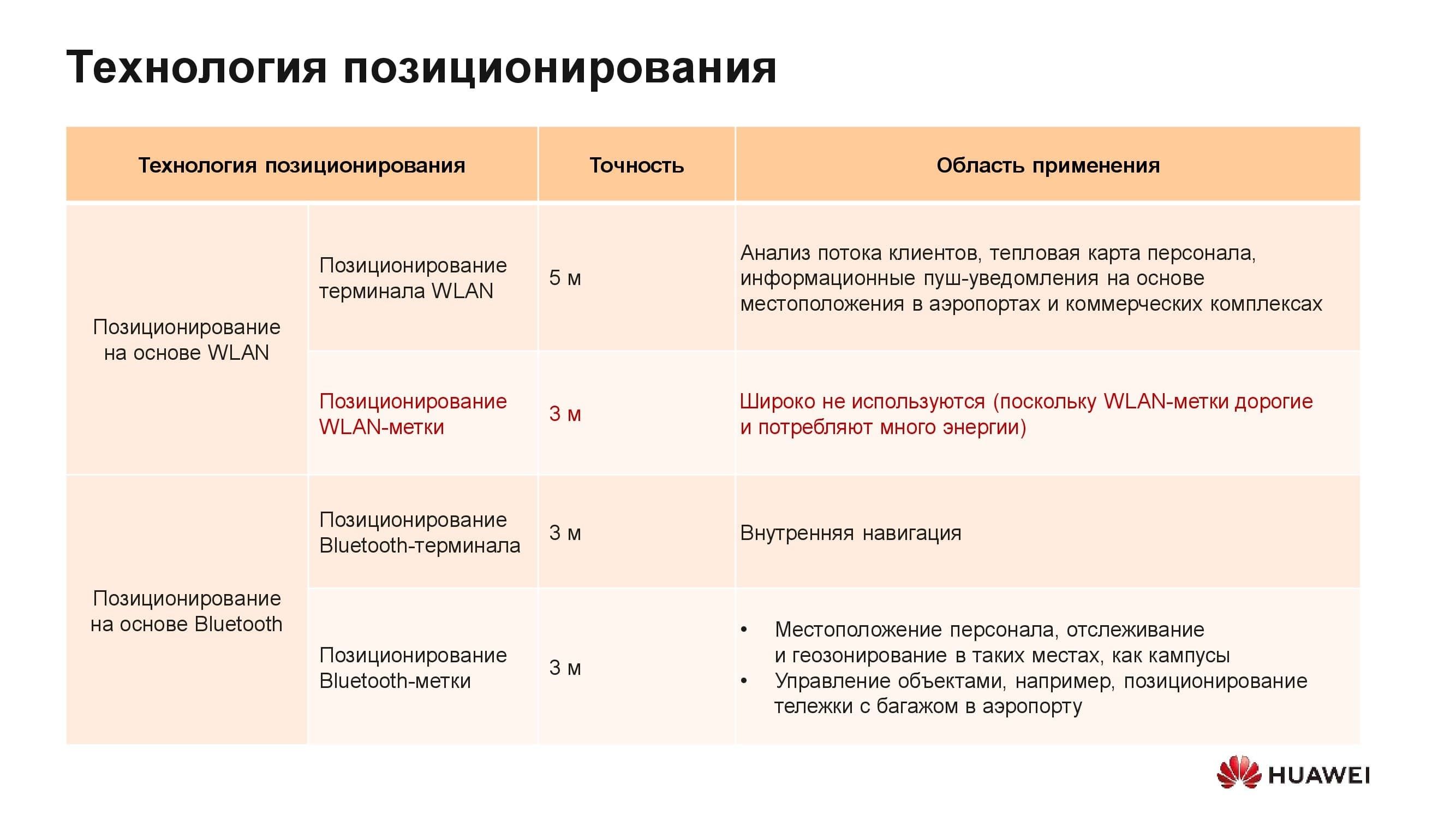
How accurate are such positioning systems? The answer is clearly shown in the diagram above. Using a combination of data from correctly placed Wi-Fi access points and a smartphone’s gyroscope, it is possible to achieve an accuracy of up to 5 m.It can be increased to 3 m using an active Wi-Fi tag, only you need to take into account its high cost and fairly high power consumption.
If the application requires an error in determining the coordinates of the target at a level of no more than 3 m, it would be more rational to build a positioning system using a Bluetooth beacon installed at the access point.

Asset management systems
Let’s move on to the next applied task, which is solved using the “Internet of Things” and converged Wi-Fi + IoT systems.
What are the challenges faced by businesses that need to take inventory? Primarily with low process efficiency. It takes a long time, is accompanied by errors arising from the fault of the human factor, and the collected data often needs to be double-checked.
In addition, the current status of asset utilization is often unknown. Not only flash drives are lost, but also larger technical means. For example, the same loader. Most likely, it is located on the territory of the enterprise, but where exactly is the question. There is often no statistics on the actual exploitation of assets: has the lost forklift been used at least once in the last month, has it visited the charging station?
Added hassle and uncertain asset losses. The loader can be accidentally moved to another area where no one will look for it, or it is stolen by intruders.
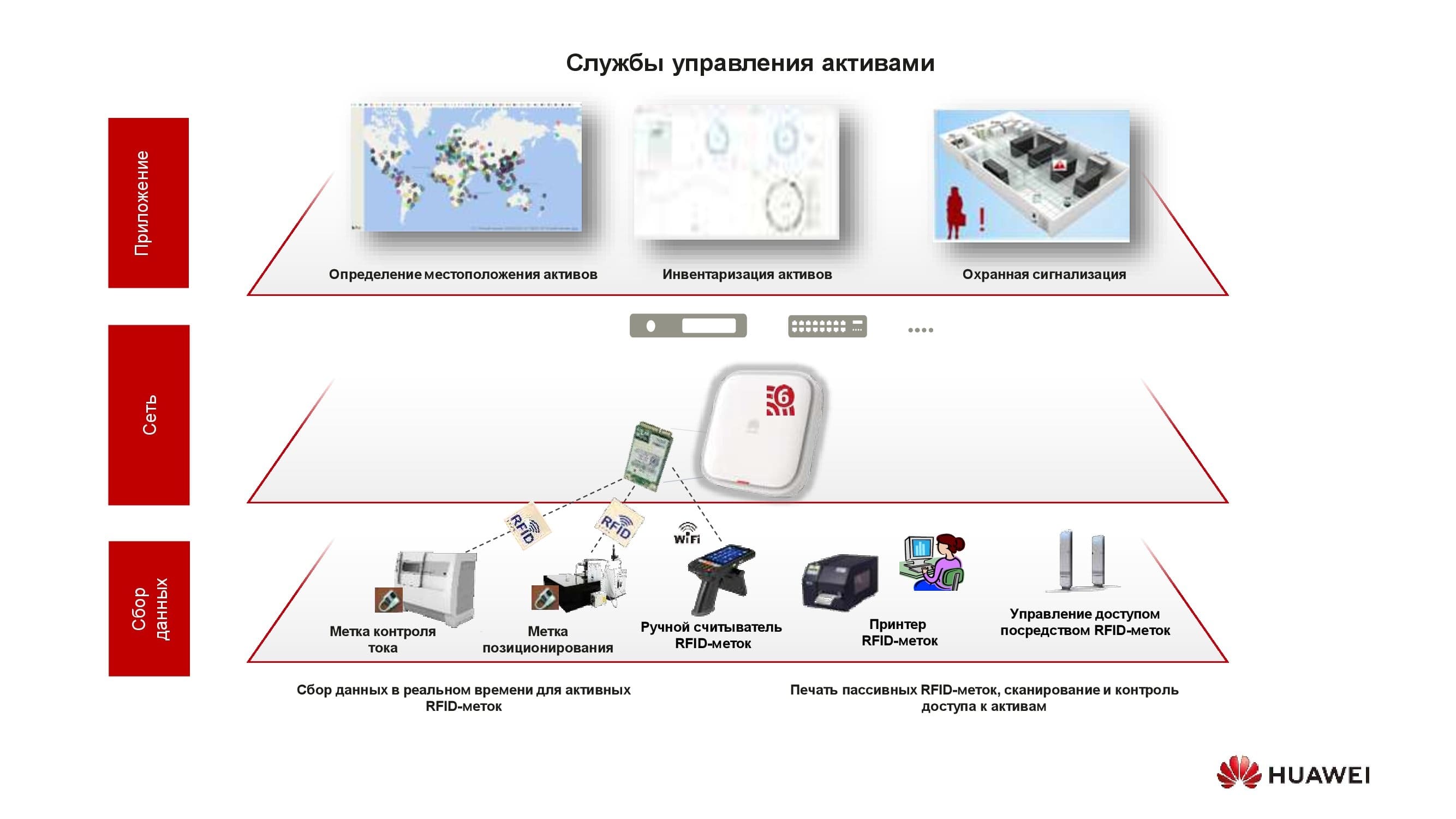
How can a converged Wi-Fi + IoT system be useful here? The solution, built on the basis of Huawei access points with installed IoT modules, is able to collect data from active and passive tags placed on the equipment. Current control labels, for example, help you understand the real use status of assets in terms of their electricity consumption. The positioning tag allows us to monitor the location of the devices of interest in real time. And with a handheld RFID reader, you can ditch paper numbered stickers and take inventory simply by sweeping the scanner past marked objects at a certain distance. The data from the tag goes to the terminal, which sends it to the Wi-Fi network and then to higher-level systems.
All this helps to ensure the complete reliability of the information obtained during the inventory and the high speed of its collection.

Consider a particular case of a valuable asset control system, which is built on the basis of active tags. Such a tag constantly communicates its status to the IoT module in the Wi-Fi access point. Accordingly, a report on the presence and use of a particular asset in a particular location can be obtained instantly online. As a result, labor costs are also significantly reduced in comparison with the “classic” inventory.
A planned inventory of general-purpose assets, for example, associated with the dismissal of an employee or the relocation of a department to another office, is also significantly accelerated. Let’s say all assets are already RFID tagged. Now it is enough to load an inventory task into a hand-held scanner, walk around the room and synchronize the list from the task with the list of tags that have just been read remotely.

Geofencing technology provides additional opportunities in terms of asset control. Among other things, it allows you to determine the exact boundaries of the area that a specific asset should not leave (workshop, showroom, garage, etc.). When an asset leaves the boundaries of such a zone, the software platform will generate a warning and send it to the person in charge.

Here’s another example of actively monitoring equipment usage in real time. In the photo above, you can see an active RFID tag attached to the PC system unit, which registers energy consumption. In this way, you can control any technique, be it a medical device or a CNC machine. In addition to information about the location of the device and the very fact of its operation, this label can also transmit data about the current consumption, that is, in fact, about the current mode of operation of the equipment. This allows you to collect statistics on the utilization and downtime of equipment, analyze this information and solve problems to optimize its operation.

Electronic shelf systems
Every year, applied tasks are added, the solution of which can be based on the Wi-Fi + IoT bundle. Thus, our clients and customers are showing more and more interest in the implementation of electronic price tag systems in retail.
In large retail chains, where there are thousands and tens of thousands of stores, the task of changing prices for goods is not trivial, if only because of its scale. The accuracy and speed of the procedure leaves much to be desired. Any mistake entails incorrect information to the buyer, which, according to the current legislation, is fraught with losses for the seller, not to mention reputational damage.
There is, of course, a solution. In the already deployed modern Wi-Fi network of the store, modules for managing electronic price tags are installed in Huawei access points. All that remains for the store operator is to place miniature ESLs in the sales area – price tags based on color or monochrome electronic paper. They carry information about the price, can change their color (for example, to highlight “discount” goods), are equipped with an LED system for attracting attention, but, most importantly, they are all controlled centrally. So, when you need to quickly change the price tags in a huge retail network, it will be enough to change one number in the enterprise ERP system.

From an architectural point of view, the solution is pretty simple. On the lower level are the electronic labels themselves, which exchange data with the Wi-Fi access point located above, equipped with an IoT module. Even higher is the corporate network and the controller that manages the network devices. In parallel with it, the ESL control system works. At the very top, there is an ERP system of the trading network that generates requests for price changes.
There are a lot of applied tasks that are solved by installing IoT modules into Wi-Fi access points. And although many projects are still at the stage POC tests, however, the scenarios that we talked about got a start in life. This is evidenced by the rapidly growing number of companies ready to build their islands of the “Internet of things” today.

